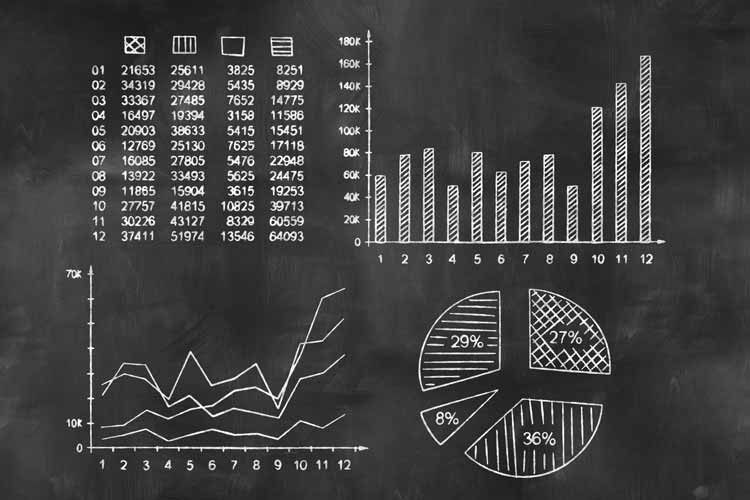
The appareler just ran into familiar pressure at its 160-day moving average
With earnings due out before the bell tomorrow morning, Under Armour (NYSE:UAA) has clung close to the breakeven today, but is now up 0.6% at last check, to trade at $20.38. For the year, the equity has lost over 6%, but has been mostly contained by its $21.50 and the $20 regions. However, a recent run up to its 160-day moving average could spell trouble for the athleisure name. Below, we'll take a closer look at the historically bearish trendline, and consider other factors that could drive the security lower in coming weeks.
According to data from Schaeffer's Senior Quantitative Analyst Rocky White, UAA has experienced five similar run-ups to its 160-day trendline -- one of which came into play just last month. One month after each of these signals UAA was higher only 25% of the time, and average a negative return of 7.3%. From its current perch, a similar move would put the stock back below a recent floor at the $20 level, right near $18.89.

Looking elsewhere, Under Armour has suffered some fairly dramatic slides in the session following its last eight earnings reports, including an 18.9% drop in November. During this two-year period, UAA has averaged an 11.6% next-day move, regardless of direction, slightly smaller than the 19% swing the options pits are pricing in this time around.
Speaking of options pits, today's trading activity here is through the roof. So far, roughly 14,000 calls and 20,000 puts have exchanged hands -- six times the intraday average. There's quite a bit of activity surrounding the weekly 2/14 22- and 25-strike calls, with positions being opened at both. It also appears that contracts are being sold to open at the 20.50-strike put in the same series.
Today's penchant for puts isn't anything new, however. In fact, during the last 10 days 8.15 puts were pick up for every call at the the International Securities Exchange (ISE), Cboe Options Exchange (CBOE), and NASDAQ OMX PHLX (PHLX). This ratio sits higher than all but 1% of readings from the past year, suggesting a bigger-than-usual appetite for bearish bets of late.